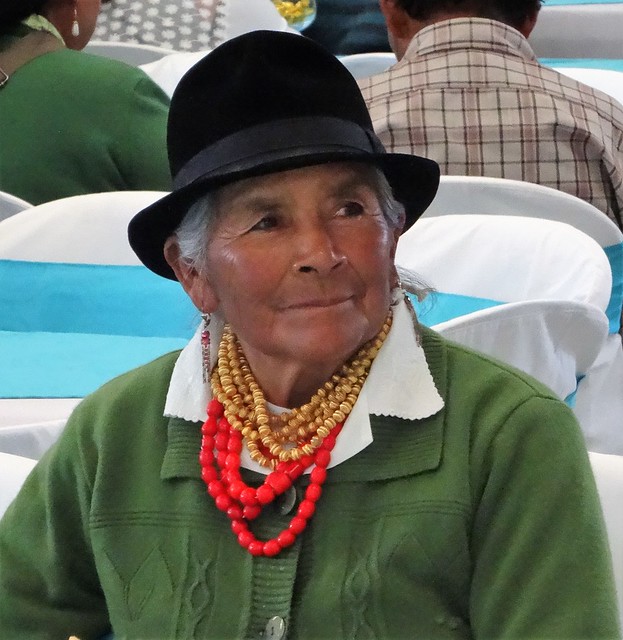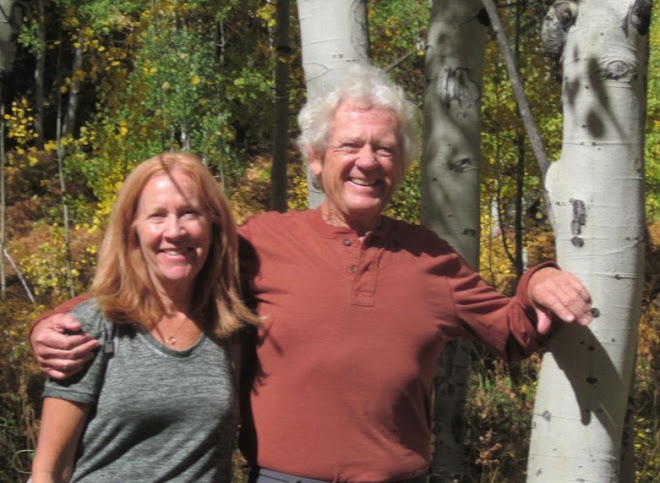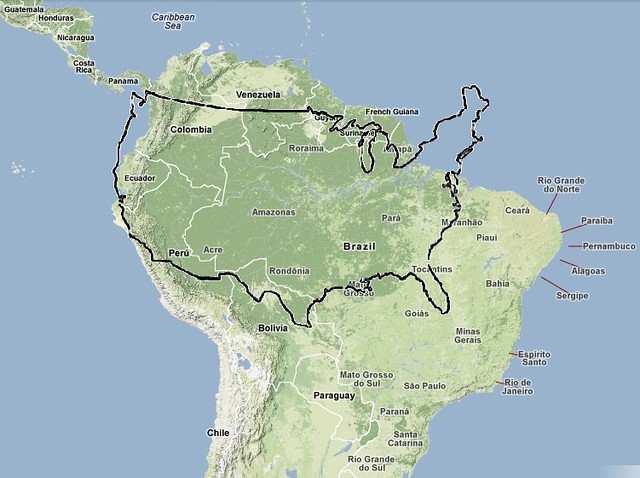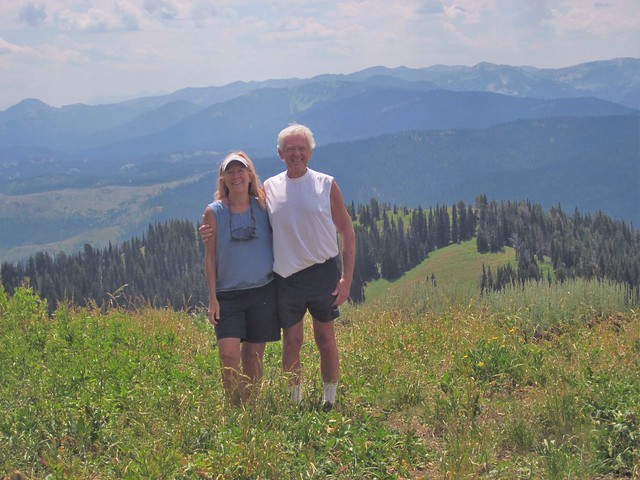To the Ecuadorian people, every day, except for maybe the
rainy season, is the same as every other. The sun shines around 12 hours a day
and the temperature varies little. Crops, flowers, trees, and all flora go
through their cycles continually and something is always in bloom. The people
are either of Spanish, or indigenous, or both (mestizo) descent. There are
several different cultures and all dress in their regional unique, brightly
colored styles regardless of the activity. To us they looked too bulky and warm
for the daily temperatures. The country is predominantly Catholic (as expected)
and, therefore, there are many churches all elaborately decorated with Spanish
architecture and gold, baroque style interiors.
The Andes divides Ecuador and lies between the coastal
(Pacific Ocean) and the Amazon Jungle. The Andes Mountains are the longest
continental range in the world and extend 4300 miles (7000km) through 7
countries. This Highland region of Ecuador has an average elevation of over
15,000 feet (4.5km) with over 30 volcanoes, hot springs, cloud forests and the
Andean Condor. The Highlands are populated with small isolated villages since
travel is so difficult. Llamas are an often seen necessity as are the many
markets to exchange goods (woven
material, metal crafts, woodcarvings, dough figurines, and embroidery)
and fresh food (fruits, vegetables, meat).
We found the Ecuadorians to be friendly, to be hard working,
and to enjoy life. They have many more festivals and days of celebration than
in the US, reminding us that our society values working hard more than enjoying
life. The Ecuadorians are dark complexioned and black haired. We didn’t remember standing out so much since
being in China. We were told that, if someone was looking for us, that they
would look for the red and white haired couple!! It worked.
Our trip was loaded with delightful experiences which
exceeded our expectations (except for seeing flamingos in the wild). We found
the people pleasant, happy, and delighted to return a smile and a greeting. We
hope that these photos convey these thoughts.
This concludes our 3 part blog on Ecuador, so until next
posting “Happy Trails” and remember that we would love to hear from you.




